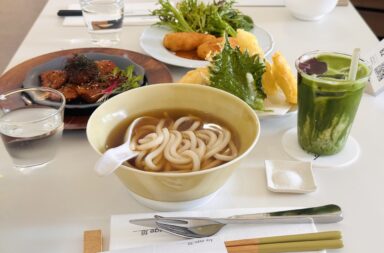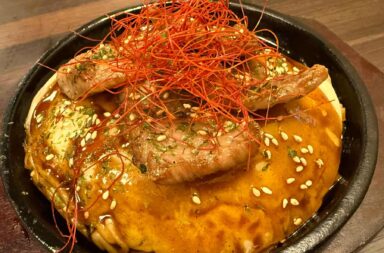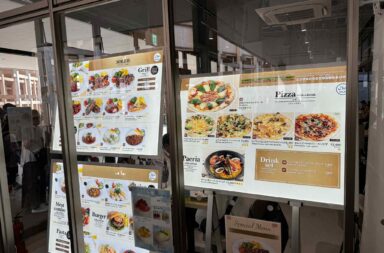This post is also available in: Indonesia
The Secret of Japanese Foods
Japan is famous for many incredible things you might never meet anywhere else, including the people’s high life expectancy that makes the nation go to the top as the healthiest and longest-living nation in the world. In addition to their amazing medical technology and the Japanese habit to do exercise like walking, riding a bicycle, etc, the foods they are eating are one of the most important things to boost health.
Today we are going to dig deeper into the secret of Japanese foods.

See Also
Japanese Foods You Can Make at Home
The Rules of Five in a Meal
Have you ever heard about “the rule of five” in Japanese foods?
The rule of five is essential in Japanese foods and consists of five colors (goshiki 五色), five tastes (gomi 五味), five senses (gokan 五感), and five methods (goho 五法). That’s why can find it easy to see Japanese foods comes in various colors and ingredients come in various cooking method and are artfully positioned.
View this post on Instagram
Five colors (goshiki)
Red, green, yellow, white, and black reflect the nutritional balance and make the meal looks more appealing.
・Red : fish, meat, red paprika, tomato, etc to stimulate appetite.
・Green : broccoli, spinach, etc to enhance the feeling of refresh.
・Yellow : tamagoyaki, potato, etc to stimulate appetite.
・White : rice, tofu, etc reflect a feeling of cleanliness.
・Black : eggplants, mushrooms, hijiki (a type of seaweed) to give a balance of the colors.
Five Tastes (gomi)
The concept of five tastes consists of sweet, sour, salty, bitter, and umami that give balance to a meal. That’s why it is common to find a set meal or bento that comes in various tastes of side dishes. Having various tastes in a meal prevents one from getting tired of the taste.
Five Methods (gohou)
Japanese cooking method comes in 5 ways; nama (raw/cutting), niru (simmered), yaku (grilled), musu (steamed), and ageru (deep-fried dishes).
・Nama literally refers to raw foods, but in this case, it refers more to the cutting method in preparing raw foods such as sashimi. It is said that a skillful chef cut the ingredients by considering the character of each food to bring out the umami from inside on cooking and cut it in a size that is easy to eat.
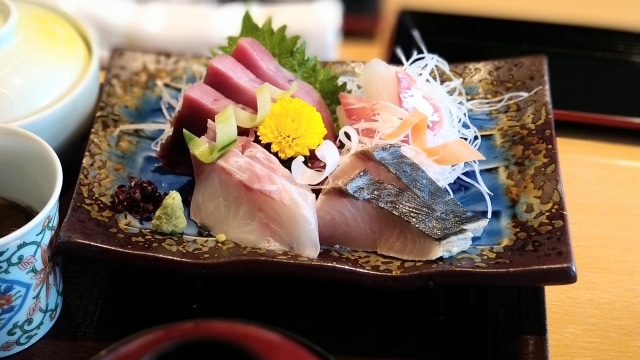
・Niru or simmered refers to a cooking method of simmering ingredients into dashi or liquid seasoning that makes the food has a soft texture and rich umami taste.
・Yaku or grilled refers to a cooking method by putting the ingredient directly exposed to an open flame or indirectly heating by frying pan with a small amount of oil.
・Musu or steamed refers to a cooking method by steaming the ingredients inside a pot covered with a lid.
・Ageru or deep-fried refers to a cooking method by deep-frying the ingredients into some amount of oil at high temperatures. It allows the ingredients to be well-cooked in a short amount of time without losing any of their natural flavors.
Various dishes in small size
If you happen to see a Japanese classic meal, you will find everything, from the rice to side dishes, come in separate bowls and in small sizes. It allows people to eat various dishes in a good balance at the same time and let their stomachs be 80% full.
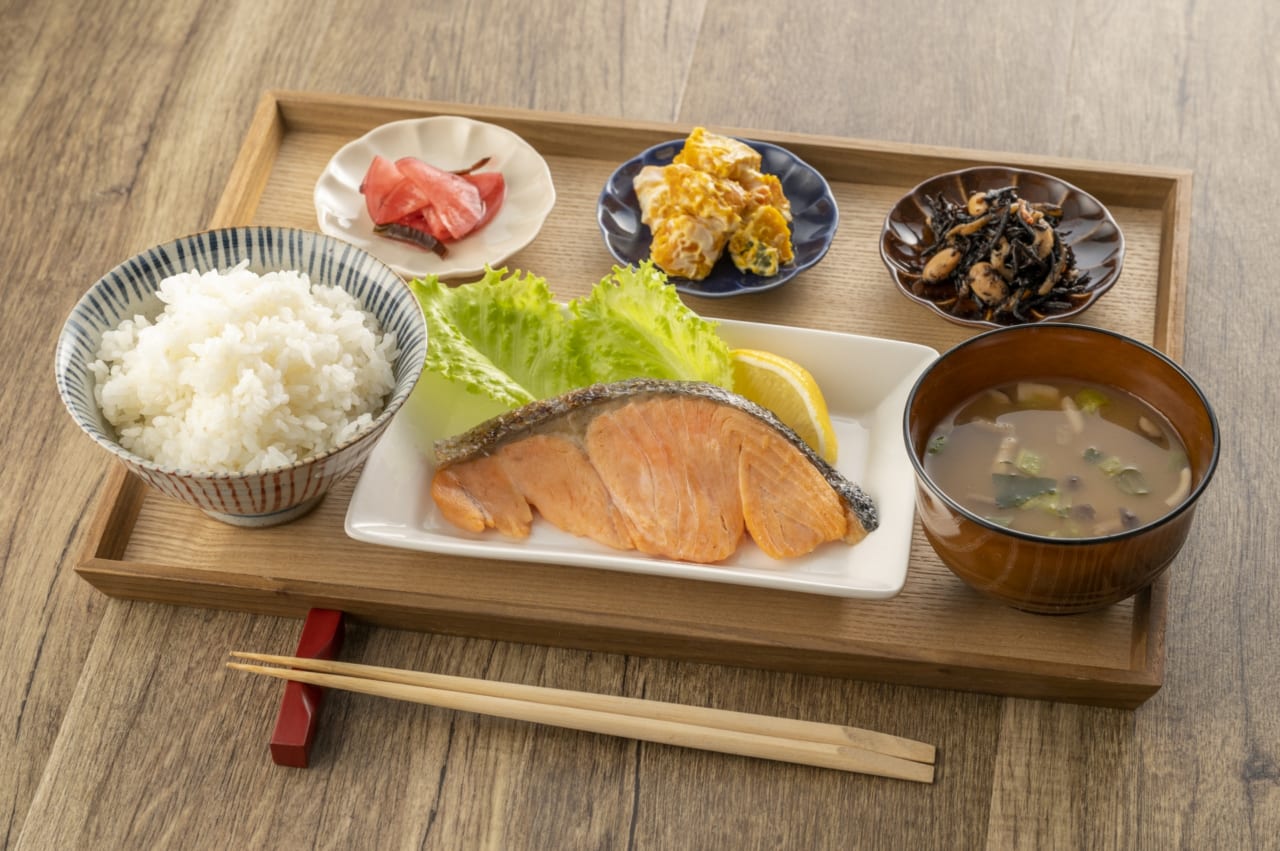
Less oil, a simple taste, brings out the original taste of each ingredient
Besides deep-fried foods, all Japanese foods are mostly less oil and have a simple taste so that they can be more focused on the original taste that every ingredient has. Less oil food comforts the stomach, especially for those middle-aged and above.
See Also
Classic Japanese Foods You Must Try When Visiting Japan!
Is Natto Halal? Dig More About This Japanese Traditional Food
